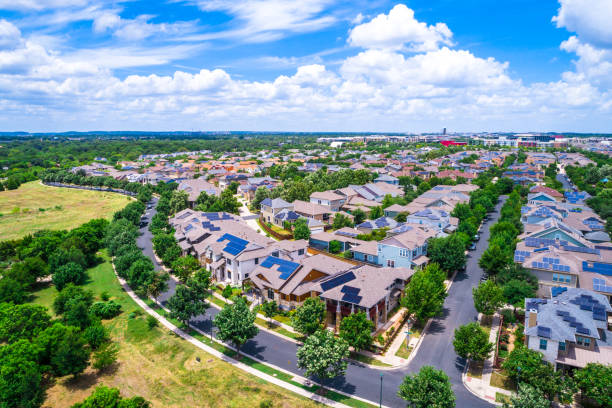
The cost of electricity is increasing. The recent Rs2.89/unit price hike in Clean energy sources like solar makes them more attractive to consumers of all segments.
What if you do not have the necessary space or money to invest in a solar power plant? Can you still benefit from this resource if you don’t have the space or upfront investment?
Yes. Community Solar is the Answer!
What is Community Solar?
Imagine that you could invest as a group in a solar energy project. Instead of a single person installing a solar system on their roof, a group can pool resources to croffsiteoff-site installation.
The members get a discount on their electricity bills based on the amount of energy they invest.
Community solar is a great way to save money on your electricity.
The benefits of this model are transferred to the customer via a process known as Virtual Network Metering. In Net Metering, the consumer receives credits for the energy they send into the grid. Community solar members will also receive credits in VNM for the energy they contribute to the grid.
RESCO (Renewable Energy Service Company) is usually the company that develops solar plants.
This new installation will benefit renters, apartment owners, and society members. It is a great option for those who do not have enough roof space to install panels but want to switch to cleaner energy.
If consumers don’t have the money to invest in a large amount of energy, they can also subscribe to a certain portion of the power generated by the farms. Here are the two main ways that consumers can invest.
Community Solar: Types
1. Ownership Model
In this type of community solar, consumers can either invest in the farm or buy the solar panels. If they choose the ownership model, they can explore their financing options.
The utility company will reimburse you at the end of each month for the electricity that your panels/portion generates.
2. Subscription Model
Subscription models eliminate the need to purchase panels. Subscribe to a solar community project and pay only for the electricity you use.
This clean energy costs less than the grid tariff. Customers can save 5- 15% per month on their electricity bills.
Reduced Financial Burden
The community solar model is different from traditional solar installations in that it does not require upfront capital. Several people share the financial burden.
In the ownership model, you can finance your installation through a loan. In the subscription model, you only pay for what you use.
2. Electricity Cost Saving
Solar is more cost-effective than fossil-fuel-based electricity. This benefit will remain the same if you purchase solar power from a community solar farm.
You will also be protected from future electricity price increases by generating your energy.
3. Zero Space Requirement
Space is a limitation for conventional solar installations. A 1kWsolar system requires approximately 90-100 sq. 90-100 sq. For optimal generation, 90-100 sq. The majority of people do not have such a large space.
It is also difficult to increase the capacity of solar panels if you need more power.
Scalability is not an issue with community solar because plants are installed on large streets. You can add more panels as needed or purchase a larger portion of the generated energy.
4. Environmentally friendly solution
Energy is a major contributor to global carbon emissions. Due to global warming and excessive demand, traditional electricity generation is becoming less reliable.
By switching to locally produced, clean energy, you can reduce your carbon footprint and contribute to a more sustainable future.
5. Increased Grid Stability
Megawatt-scale community farms can add their generated power directly to the grid. This reduces the strain on power infrastructure and improves grid stability.
Solar energy can be a great addition to areas with low fossil fuel production. Such projects also help the state achieve its renewable energy targets.
Community Solar in India
The US is a country that has seen community solar projects succeed. Over 39 states in the US have implemented community solar projects.
In India, however, this idea is new. Although there are scattered projects across the country, they have not been widely implemented. The Indian government also has not defined guidelines for this.
The idea of actively setting up solar projects and sharing the benefits is slowly gaining traction. The Delhi government’s recently approved draft of its solar policy encourages athe doption of solar technologies through innovative models such as Community Solar and Hybrid Resco.
